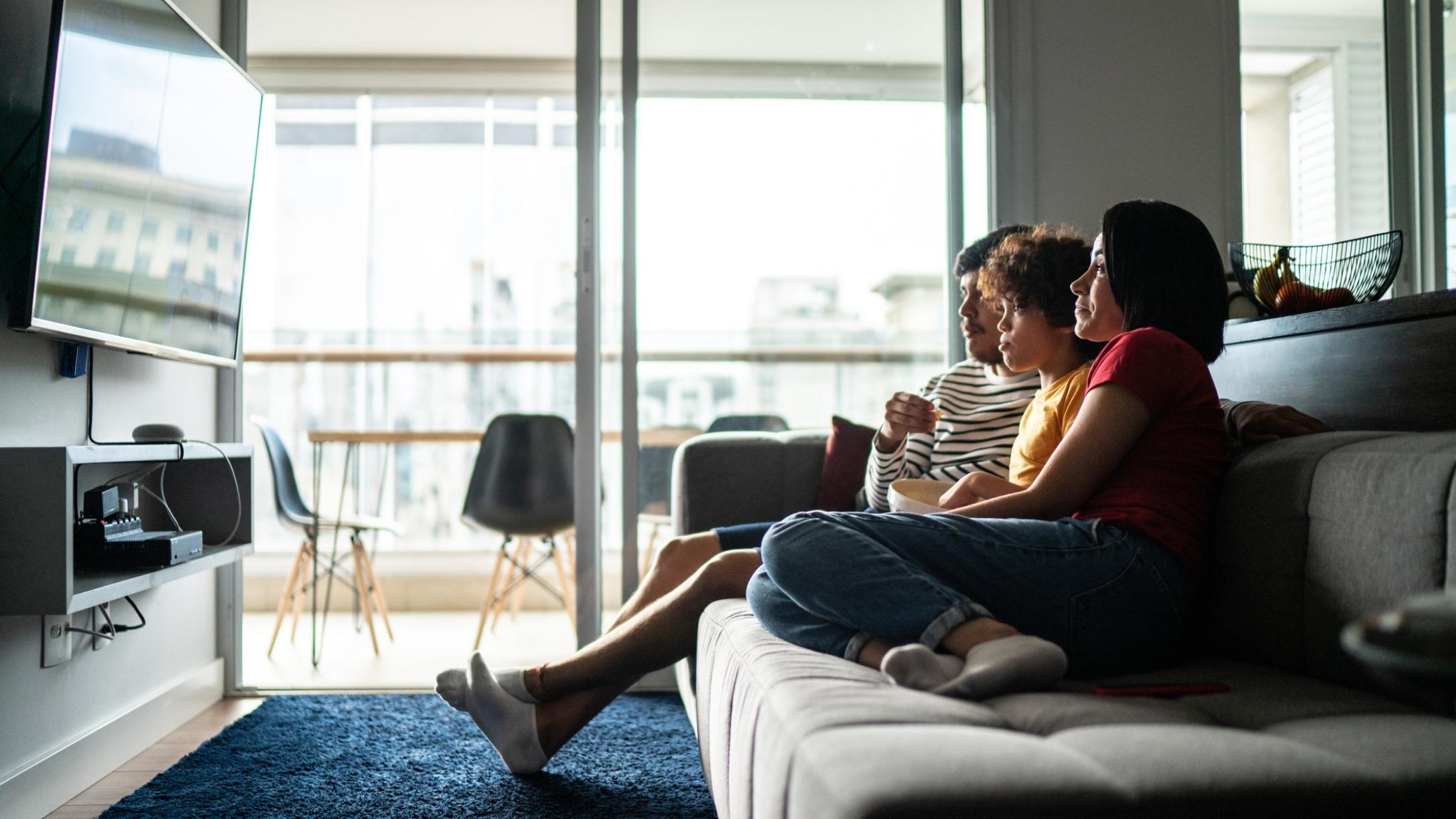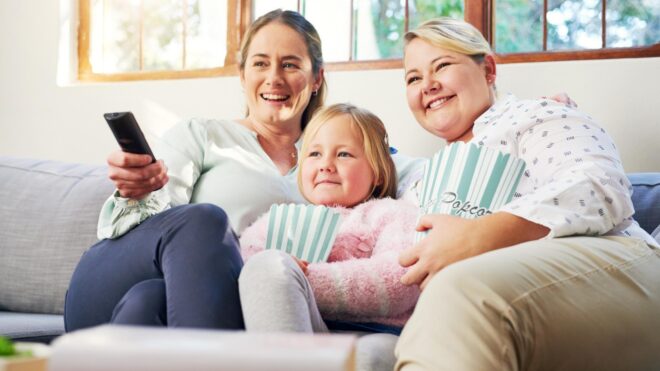
Recent generations have enjoyed TV as a means of family bonding. Gathering around and watching your favorite shows can be so much fun and give you a lot to talk about.
Families like watching other families on screen. It's safe to say that the families watching have shifted over the years. Now we're seeing those shifts reflected in the families that are on camera.
Here are some of the many ways that the families on TV look different now than they did years ago.
People are redeemable.
A lot of old sitcom TV had a black-and-white breakdown of good people versus bad people. A lot of times, a character who did something really bad would end up getting sent away or killed off as a way to "Learn a Lesson." Today, all the shades of gray are explored in TV families, and people get second chances. Characters like Prince Zuko in Avatar: The Last Airbender or Steve Harrington in Stranger Things show kids that who you are in a moment doesn't set in stone who you'll be the rest of your life. Everyone is growing.
Parents don't underestimate their kids (as much).
There used to be a lot of shows where parents were taken aback by how smart their children were. Today, there are a lot more of parents respecting their children's emotions and intelligence and meeting them where they're at. Parents acknowledge kids don't just live in a bubble or sit on a shelf until their family needs them. They have rich lives and experiences of their own that inform them beyond what they learn at home, which you see on shows like Gilmore Girls, Sex Education, and Parenthood.
Puberty isn't abstract anymore.
Puberty talk on television used to be all about "growing" and "changing," but those conversations didn't have the substance they have today. They also no longer focus just on cis bodies and heterosexuality. Shows like Big Mouth, The Fosters, and The Wonder Years (both original and remake) are getting real about the awkwardness that is coming of age.
They talk about mental health.
Mental health discussions are happening with kids of all ages. Kids don't just learn about different aspects of mental health but also learn how to cope, support, and sympathize with others as they navigate their own mental health. This has been done really well by shows like One Day at a Time and This Is Us.
Families are made up of all different people.
The families at the hearts of these shows have evolved a lot, and shows like Fuller House, The Proud Family: Louder and Prouder, and Raven's House are showing it. And it's no longer just mom and/or dad and some kids. Now there are single parents, foster parents, aunts, uncles, and grandparents as well as blended and found families. It's a beautiful reminder that families are about the love at the center of them.
We're seeing people of all ages pursuing parenthood.
Parents to newborns were always very young and inexperienced, but these days we see more families at different stages on shows such as This Is Us, The Mindy Project, and Parenthood. Not only do we see parents of different ages starting and raising families, but we see them choosing parenthood regardless of having a partner or other traditional markers that were previously required.
There are healthier sibling relationships.
In the past, sibling relationships were either very close or very antagonistic. Today, we see sibling relationships play out in all their complicated glory, between child siblings and adult siblings alike. Some great examples are Schitt's Creek, One Day at a Time, Modern Family, and Atypical.







